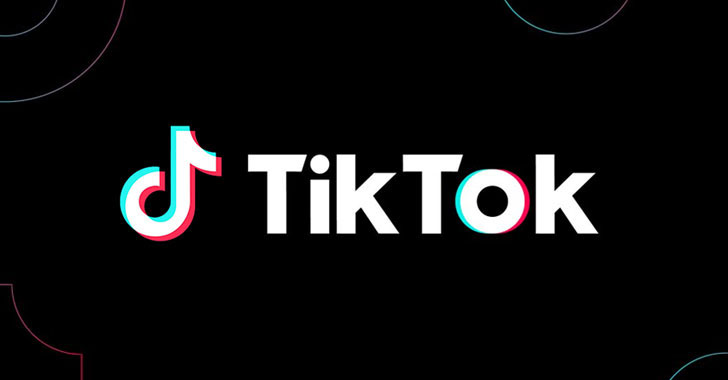
Tesla CEO Elon Musk has once again captured global attention with his ambitious vision for the future of transportation. At a highly anticipated event in California, Musk unveiled several new developments in Tesla’s push toward fully autonomous vehicles, including the much-discussed Cybercab and Robovan. The event marked a continuation of Musk’s long-term goal to revolutionize the automotive industry, though questions remain about the feasibility of his bold claims and the timelines presented.
The Cybercab, a futuristic two-seater electric vehicle designed explicitly for autonomous driving, stole the spotlight. With no steering wheel or pedals, the vehicle embodies Tesla’s vision of a future without human drivers. Musk emphasized the Cybercab’s potential to be a game-changer in urban transportation, offering a sleek, comfortable ride while significantly reducing the cost per mile compared to traditional forms of transport. Set for production by 2026, the Cybercab will feature inductive charging, enabling it to recharge without plugging in. While Tesla aims to sell the Cybercab at a price point under $30,000, it is unclear where and when full production will begin, and the company’s previous delays in meeting deadlines have cast a shadow of skepticism over the project.
Alongside the Cybercab, Tesla also introduced the Robovan, a larger autonomous vehicle capable of transporting up to 20 passengers or goods. With its unconventional design and potential to be a cost-effective solution for mass transportation, the Robovan aims to address the need for high-density travel options, such as for sports teams or large groups. Like the Cybercab, the Robovan is set to join Tesla’s autonomous fleet, but Musk did not provide specific details on when it would be available for consumer use.
Tesla’s latest developments arrive after years of missed deadlines and unfulfilled promises regarding autonomous driving. Musk has long been vocal about Tesla’s plans to lead the way in self-driving technology, but the company has yet to demonstrate full autonomy in real-world settings. Currently, Tesla offers a Full Self-Driving (FSD) package in its vehicles, but this system still requires human supervision. Despite its name, FSD is classified as a Level 2 driver-assistance system, meaning that drivers must remain alert and ready to take control at all times.
The transition from Tesla’s current FSD system to fully autonomous vehicles will require not only technological advancements but also regulatory approval. Musk has suggested that Tesla vehicles could achieve unsupervised autonomy in certain regions, such as Texas and California, as early as next year. However, this claim has raised eyebrows, as Tesla faces stiff competition from other companies that are further along in developing and deploying autonomous fleets.
While Tesla has dominated headlines with its autonomous ambitions, other companies, including Google’s Waymo and Cruise, have already made significant strides in this space. These companies have conducted millions of miles of on-road testing with fully driverless vehicles, giving them a competitive edge over Tesla in terms of practical deployment. Waymo, for instance, has been offering commercial robotaxi services in cities like Phoenix and San Francisco, where its vehicles operate without a human driver on board.
Tesla, on the other hand, has faced ongoing scrutiny over the safety and performance of its driver-assistance systems. Several incidents involving Tesla’s Autopilot and FSD systems have led to accidents, prompting investigations by safety regulators. One major concern is the phenomenon known as “phantom braking,” in which the vehicle’s systems unexpectedly apply the brakes even in the absence of obstacles. This issue has led to numerous complaints and is currently under investigation by the National Highway Traffic Safety Administration (NHTSA).
Despite these challenges, Musk remains optimistic about Tesla’s future in autonomy. At the event, he described autonomous vehicles as being significantly safer than human-driven cars and forecasted that the Cybercab would contribute to a reduction in traffic accidents. According to Tesla’s vision, autonomous vehicles will also alleviate the need for parking lots in urban areas, potentially transforming them into parks or other public spaces. While these concepts are enticing, many industry experts are cautious about the timelines Musk has proposed, pointing out that achieving the necessary levels of safety and reliability for unsupervised driving will take years, not months.

In addition to autonomous cars, Musk’s vision for the future includes Tesla’s humanoid robot, Optimus. The robot was showcased at the event, demonstrating basic tasks such as carrying packages and watering plants. Musk touted the potential of Optimus to perform a wide range of household duties, from babysitting to mowing lawns. He suggested that Optimus could be available for purchase within a few years at a price between $20,000 and $30,000, with production ramping up to millions of units. However, the development of humanoid robots, much like autonomous vehicles, is fraught with technical challenges, and it remains to be seen whether Tesla can deliver on these promises within the proposed timeline.
Tesla’s efforts to branch out from its core business of electric vehicle manufacturing into robotics and AI-driven products reflect Musk’s broader ambitions to redefine the future of technology. However, the company’s ability to execute on these ambitions is still in question. While Tesla has succeeded in popularizing electric vehicles and building a strong consumer base, its track record in meeting its own deadlines for groundbreaking technologies has been mixed.












